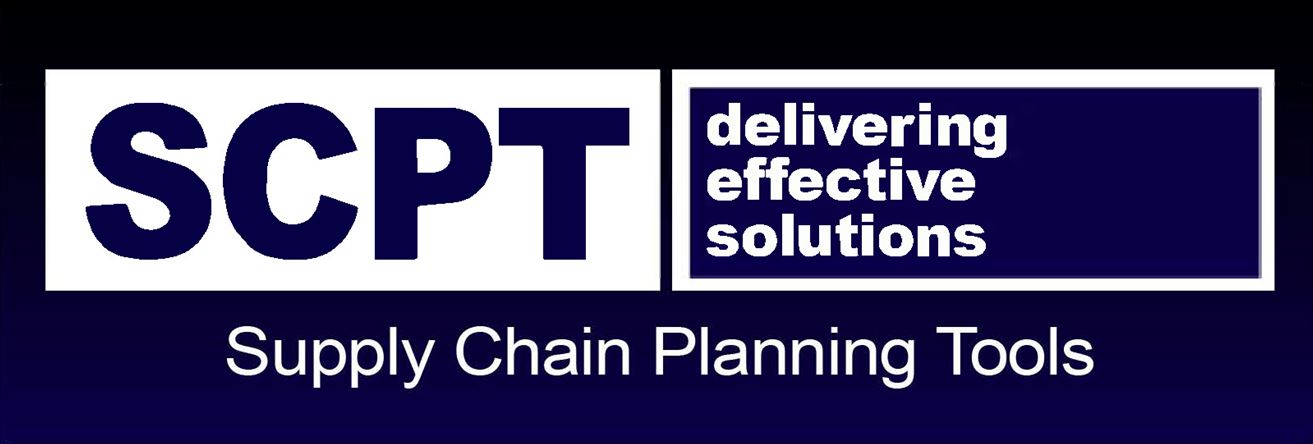

An Oliver Wight style Integrated Business Management (IBM) is a monthly process that sits on top of the transactional ERP system with the goal of creating data driven visibility of operating strategy across an organisation.
The goal is to make the matching of demand and supply a conscious process where future demand and supply risks are identified robustly with plans to mitigate formulated, understood, and agreed across the business. The output of the most mature IBM processes includes a financial forecast every month that is not dis-similar in quality to an annual budget.
There are a number of factors that impact how well the process performs including:
Successfully implementing an IBM process is a non-trivial task which is likely to require a philosophy of ongoing continuous improvement over an extended period of time.
In our example IBM model, the Product Review is the first step in the process (even though it occurs in the last week of the month). This step focuses on product portfolio (what are we going to sell?).
The need and size of this step depends on the level of resource invested in R&D and product development and the desire to manage the return on investment (ROI) of this resource. Underpinning systems typically include a workflow style process taking product development through a series of stage and gates containing ideation, feasibility, pre-launch, launch and post launch review.
This step might be championed by the Product Development manager.
Demand Review typically occurs after Product Review where updated information on product development plans become available. This step is also typically aligned to the end of the month when the most recent sales actuals can be factored into the forecasting process (assuming monthly forecasting).
This step is the culmination of the forecasting activity led by the demand planner who engages Sales and Marketing to review the forecast using a forecasting process (like our demand planning tool)
This step is likely to be led by the Demand Planner and might be championed by the CFO who ultimately signs of the demand plan for the month
Once the demand has been finalised, the Supply Planning team is responsible for generating a feasible optimised constrained supply plan.
This requires an ERP system that is capable of more than rough cut capacity planning on an unconstrained basis. The result of crewing pattern decisions, supply constraints (possibly seasonal), overhaul plans and plant capacity, etc. should be modelled and an inventory projection subsequently established. Supply risks are identified along with actions and costs to mitigate.
This step in the process is likely to be led by the Supply Planning Manager and might be championed by the Operations Director.
This is the last step in the process and is where the executive team reviews the financial implications of the work undertaken in the previous steps.
At this point any supply risks should be identified and if demand exceeds supply (or vice versa) decisions are made on how to proceed. If the horizon of the IBM process is long enough this may include the development of capital plans, decisions on outsourcing or insourcing supply, decisions on constraining demand (product allocation strategies), pricing, etc.
The executive review is likely to be attended by all functional directors and ideally championed by the CEO.